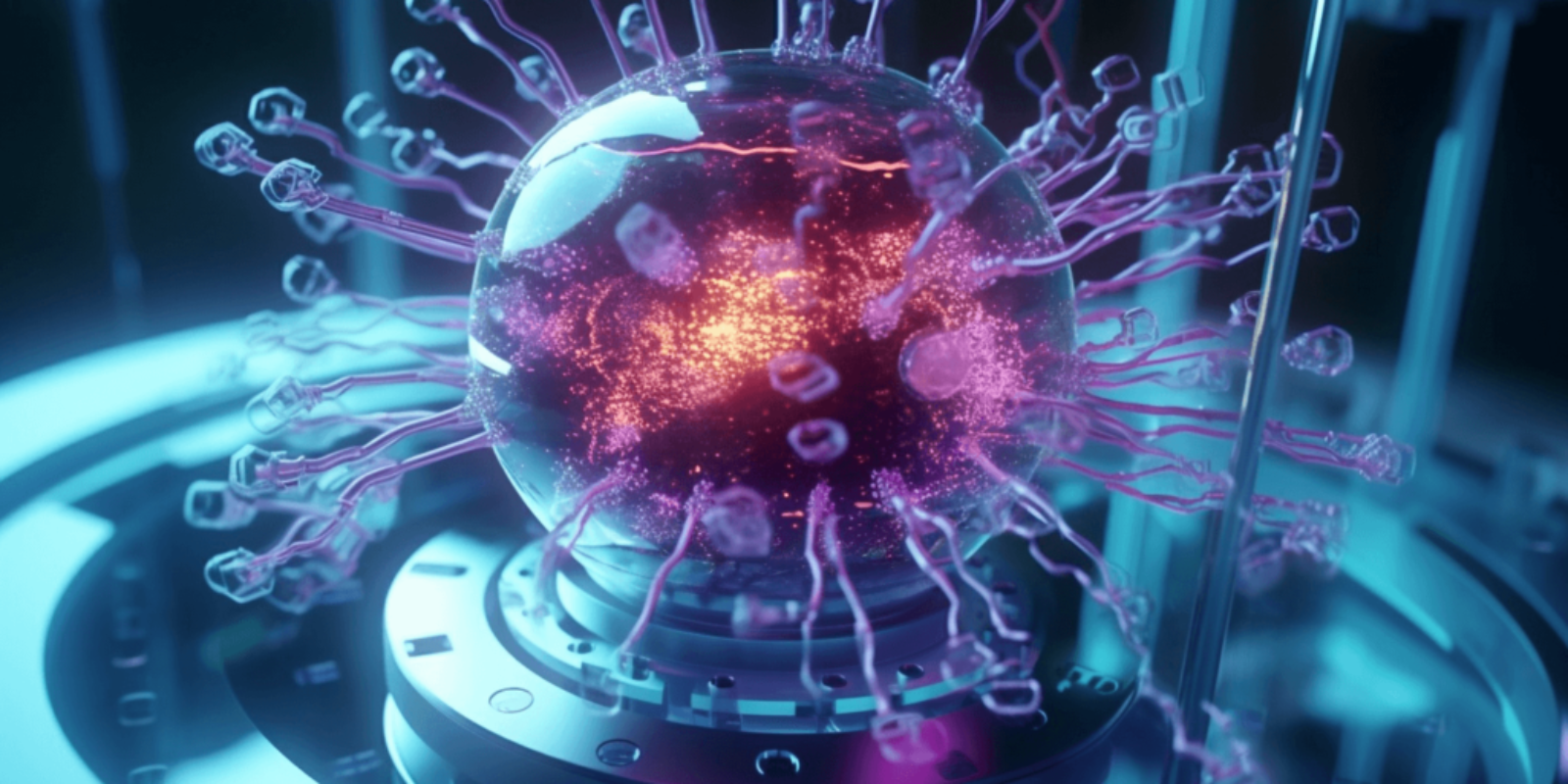Artificial intelligence continues to revolutionize the world in various domains, and the field of drug discovery is no exception. Researchers have recently harnessed the power of AI to uncover a novel antibiotic that shows promise in combating a dangerous drug-resistant bacterium. This groundbreaking discovery has the potential to revolutionize the fight against antibiotic resistance and pave the way for targeted therapies. Published in the prestigious journal Nature Chemical Biology, the study has garnered significant attention in the scientific community.
Tackling the Menace of Drug-Resistant Bacteria
Drug-resistant bacteria pose a significant threat to global health. These resilient pathogens have evolved mechanisms to evade conventional antibiotics, rendering them ineffective. The rise of multidrug-resistant bacteria has led to an urgent need for innovative solutions to combat these formidable foes. Researchers have turned to artificial intelligence as a powerful tool to accelerate the process of discovering new antibiotics.
AI: A Game-Changer in Drug Discovery
Artificial intelligence algorithms have the ability to rapidly analyze vast amounts of data and identify potential compounds with antibacterial properties. This approach has significantly expedited the identification of promising molecules, reducing the time-consuming and resource-intensive nature of traditional drug discovery methods. By leveraging AI, researchers can explore an extensive chemical space and uncover compounds that might have otherwise gone unnoticed.
The Promise of Narrowly Targeted Antibiotics
Traditional antibiotics often have broad-spectrum activity, meaning they can target a wide range of bacterial species. While effective, this approach can inadvertently promote the development of resistance among different bacteria. Narrowly targeted antibiotics, on the other hand, focus on specific pathogens without affecting beneficial bacteria in the body. This precision approach holds great promise in mitigating the risk of resistance and preserving the efficacy of antibiotics.
Unveiling the Study and Its Findings
In the study, researchers set their sights on combating Acinetobacter baumannii, a notorious superbug found in healthcare settings. Acinetobacter baumannii has acquired resistance genes from other organisms, making it incredibly challenging to treat. The research team employed a technique called high-throughput drug screening to identify compounds that hindered the growth of the bacteria.
The subsequent step involved training an AI algorithm using the obtained data. This enabled the algorithm to predict the antibacterial activity of new molecules that had not been previously tested. Over 6,000 molecules were screened, resulting in the identification of a unique compound, RS102895 (renamed abaucin), which exhibited potent activity against Acinetobacter baumannii.
A New Mechanism of Action
What sets abaucin apart is its distinctive mechanism of action. Unlike existing clinical antibiotics, abaucin prevents certain components of the bacteria from reaching its surface, effectively hindering its growth and proliferation. Furthermore, abaucin selectively targets Acinetobacter baumannii, minimizing the impact on other bacterial species. This specific targeting reduces the selection pressure that promotes the spread of resistance, thus making it a valuable addition to the antibiotic arsenal.



Advantages of Narrowly Targeted Antibiotics
The development of narrowly targeted antibiotics, such as abaucin, offers several advantages. By focusing solely on the problem pathogen, these antibiotics avoid exerting selection pressure on other bacteria. This approach can help slow down the development and spread of resistance, preserving the effectiveness of antibiotics for longer periods. Additionally, narrowly targeted antibiotics reduce the collateral damage to beneficial bacteria in the gut and skin, thereby minimizing side effects.
Implications for Future Antibiotic Development
The discovery of abaucin and the successful application of AI in accelerating the drug discovery process herald a new era in antibiotic development. The ability to quickly identify compounds with specific antibacterial activity significantly enhances the efficiency of the search for new drugs. By leveraging the power of AI algorithms, researchers can narrow down the pool of potential candidates, expediting the transition from discovery to clinical trials.
Looking ahead, AI-driven drug discovery holds immense promise for tackling the global threat of antibiotic resistance. As more researchers embrace this innovative approach, the identification of novel compounds and the development of targeted therapies are likely to become more frequent, potentially turning the tide against drug-resistant bacteria.
Conclusion
The recent discovery of a novel antibiotic using artificial intelligence represents a significant milestone in the fight against drug-resistant bacteria. With the potential to combat Acinetobacter baumannii, a menacing superbug, abaucin demonstrates the power of AI in revolutionizing the drug discovery process. By identifying compounds with specific activity against problematic pathogens, AI enables the development of narrowly targeted antibiotics, reducing the risk of resistance and preserving the effectiveness of these life-saving drugs. As researchers continue to explore the vast potential of AI in drug discovery, a brighter future in the battle against antibiotic resistance emerges.
FAQs:
1. How does artificial intelligence aid in the discovery of antibiotics?
Artificial intelligence accelerates antibiotic discovery by analyzing vast amounts of data and identifying potential compounds with antibacterial properties. AI algorithms can rapidly screen molecules, significantly expediting the identification of promising candidates for further investigation.
2. Why are narrowly targeted antibiotics desirable?
Narrowly targeted antibiotics focus on specific pathogens without affecting beneficial bacteria, reducing the risk of resistance development. By minimizing the collateral damage to the microbiome, these antibiotics preserve the delicate balance of microbial communities in the body.
3. What is unique about the mechanism of action of abaucin?
Abaucin, the antibiotic discovered using AI, works by preventing specific components of the bacteria from reaching its surface. This mechanism of action distinguishes it from existing clinical antibiotics and offers a novel approach to combating drug-resistant bacteria.
4. How does the use of AI in drug discovery benefit the fight against antibiotic resistance?
AI expedites the process of discovering new antibiotics, enabling researchers to identify promising compounds more efficiently. By accelerating the development of targeted therapies, AI contributes to the preservation of antibiotic effectiveness and helps combat the growing threat of antibiotic resistance.
5. What does the future hold for AI-driven drug discovery?
The future of AI-driven drug discovery is promising. As researchers continue to harness the power of AI algorithms, the identification of novel compounds and the development of targeted therapies are expected to become more frequent. This holds great potential in addressing the urgent need for new antibiotics and mitigating the global burden of antibiotic resistance.



